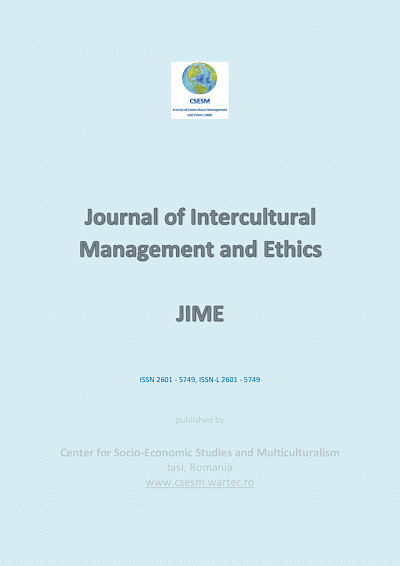So We Innovated … Now What?
So We Innovated … Now What?
Author(s): Sjaak PappeSubject(s): Business Economy / Management, Economic development, Socio-Economic Research
Published by: Center for Socio-Economic Studies and Multiculturalism
Keywords: Culture; Nature; Biomimicry; Crisis; Responsiveness; Nature’s Life’s Principles;
Summary/Abstract: Why innovate? The fundamental reason in the end is survival, especially in a crisis like the present global political, economical and social one caused by Covid-19. However, also in good times it is important to innovate. John F. Kennedy, US president from 1961-1963, once said, “The time to repair the roof is when the sun is shining.” (Kennedy, 1962). Therefore constant innovation is the key to survival of any entity. The core competence of organizations that apply constant innovation is responsiveness. That means quick and adequate responses to (anticipated) in- and external changes. Responsive entities embed this competence in their culture and knowledge system. Very often these traits are attribed to a single key person, one team or department, or they are only applied in a single project or crisis, or during a growth-, development- or start-up phase. This makes organizations extremely vulnerable. In this article I will sort out how to develop, transform, cascade and embed the principles of responsiveness into an organization, its culture and its knowledge system in order to make innovation a continuous factor. I will illustrate why especially cultural dynamics management and learning from nature are critical conditions for fast, adequate and easy innovation. I will use as framework the paradigms from the fields of Organisational & Management Sociology, Comparative Cultural Research, Mental Images of Culture, Organisational Culture Management and the new science field of Biomimicry that combines biology, engineering and social sciences to design sustainable solutions for human problems by learning from nature
Journal: Journal of Intercultural Management and Ethics
- Issue Year: 3/2020
- Issue No: 3
- Page Range: 27-43
- Page Count: 17
- Language: English

